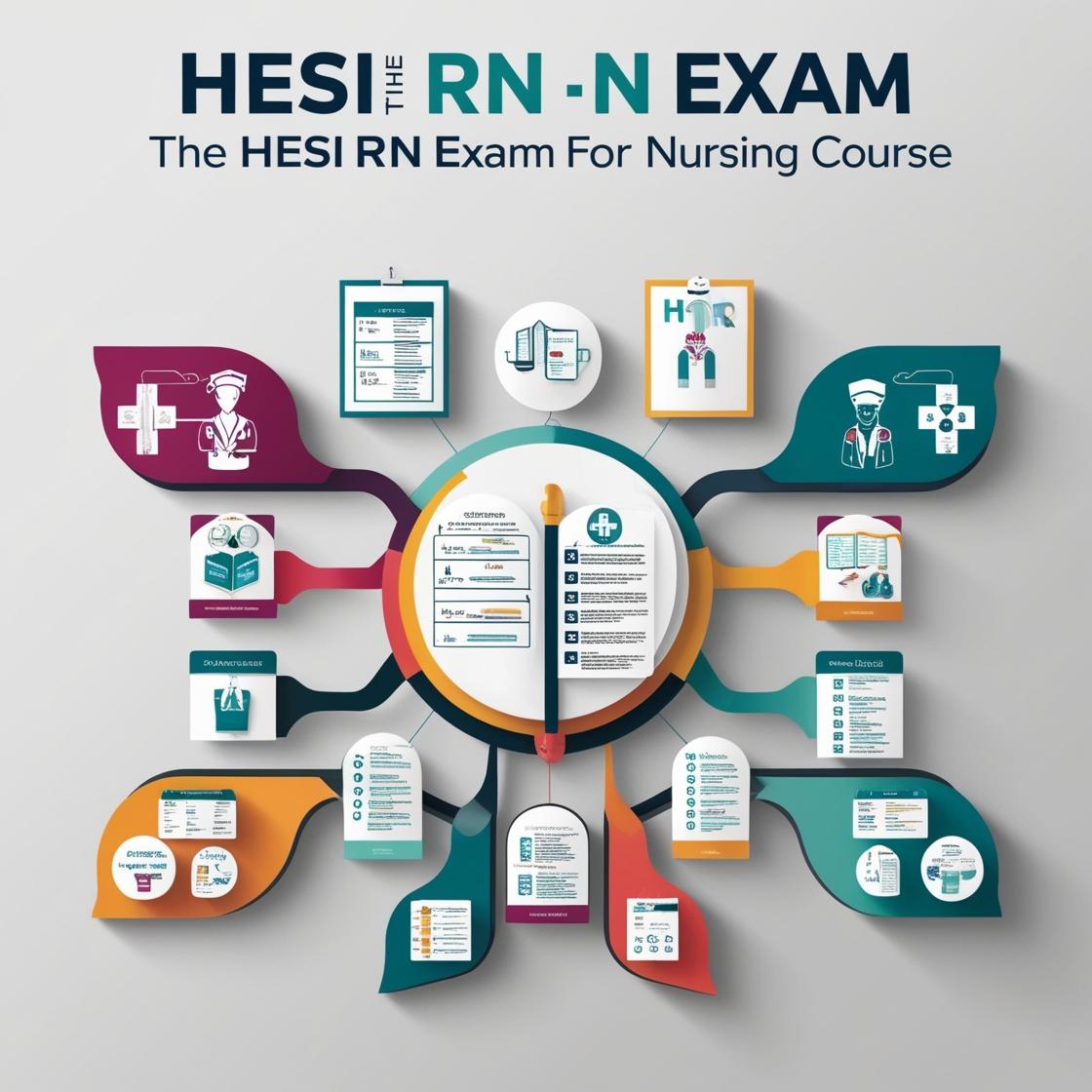HESI RN
HESI RN Nursing Leadership and Management Exam 6
1. Which instruction about insulin administration should Nurse Kate give to a client?
- A. Always follow the same order when drawing up different insulins into the syringe.
- B. Shake the vials before withdrawing the insulin.
- C. Store unopened vials of insulin in the refrigerator at recommended temperatures.
- D. Discard the intermediate-acting insulin if it appears cloudy.
Correct answer: A
Rationale: The correct answer is A. Consistently following the same order when drawing up different insulins helps to prevent medication errors. Option B is incorrect because shaking insulin vials could cause bubbles to form, leading to inaccurate dosing. Option C is incorrect as insulin should be stored in the refrigerator, not the freezer, to maintain its effectiveness. Option D is incorrect because cloudy appearance in intermediate-acting insulin may indicate the presence of insulin crystals, which can affect its potency, but this does not necessarily mean it should be discarded without consulting a healthcare provider.
2. The client with type 2 DM is being taught about the importance of foot care. Which instruction should be included?
- A. Soak your feet in hot water every night.
- B. Walk barefoot whenever possible.
- C. Use a heating pad to warm your feet.
- D. Wear comfortable shoes that allow air circulation.
Correct answer: D
Rationale: The correct instruction for the client with type 2 DM regarding foot care is to wear comfortable shoes that allow air circulation. This helps prevent foot injuries and infections, which are common complications in clients with diabetes. Choice A is incorrect as soaking feet in hot water can lead to burns and skin damage. Choice B is incorrect because walking barefoot increases the risk of injury and infection. Choice C is incorrect as using a heating pad can also potentially lead to burns and skin damage.
3. A client with type 1 DM is admitted to the hospital with diabetic ketoacidosis (DKA). The nurse should prioritize which action?
- A. Administering intravenous fluids.
- B. Administering oral glucose.
- C. Administering a fever-reducing medication.
- D. Administering oxygen therapy.
Correct answer: A
Rationale: Administering intravenous fluids is the priority in treating DKA for several reasons. DKA is characterized by severe dehydration and electrolyte imbalances due to hyperglycemia. IV fluids help to correct dehydration, restore electrolyte balance, and decrease blood glucose levels. Administering oral glucose (Choice B) would be contraindicated in DKA as the primary issue is high blood glucose levels. Administering a fever-reducing medication (Choice C) is not the priority in managing DKA. Administering oxygen therapy (Choice D) may be necessary in some cases, but correcting dehydration and electrolyte imbalances take precedence in the management of DKA.
4. The nurse is caring for a client with syndrome of inappropriate antidiuretic hormone (SIADH). Which of the following clinical manifestations should the nurse expect?
- A. Hypernatremia
- B. Hypotension
- C. Decreased urine output
- D. Polyuria
Correct answer: C
Rationale: The correct answer is C: 'Decreased urine output.' Syndrome of inappropriate antidiuretic hormone (SIADH) is characterized by excessive release of antidiuretic hormone, leading to water retention and decreased urine output. Therefore, the nurse should expect the client to have decreased urine output. Choices A, B, and D are incorrect. Hypernatremia (Choice A) is not typically associated with SIADH as it usually leads to dilutional hyponatremia. Hypotension (Choice B) is not a common clinical manifestation of SIADH. Polyuria (Choice D) is the opposite of what is expected in a client with SIADH, who typically presents with decreased urine output.
5. The client with hyperthyroidism is receiving propylthiouracil (PTU). The nurse should monitor for which of the following potential side effects?
- A. Leukopenia
- B. Hyperglycemia
- C. Hypertension
- D. Weight gain
Correct answer: A
Rationale: The correct answer is A: Leukopenia. Propylthiouracil can lead to bone marrow suppression, resulting in leukopenia. Monitoring white blood cell counts is crucial to detect this potential side effect early. Choice B, hyperglycemia, is not typically associated with propylthiouracil use. Choice C, hypertension, is not a common side effect of propylthiouracil. Choice D, weight gain, is also not a typical side effect of propylthiouracil therapy.
Similar Questions

Access More Features
HESI RN Basic
$89/ 30 days
- 50,000 Questions with answers
- All HESI courses Coverage
- 30 days access @ $89
HESI RN Premium
$149.99/ 90 days
- 50,000 Questions with answers
- All HESI courses Coverage
- 30 days access @ $149.99
